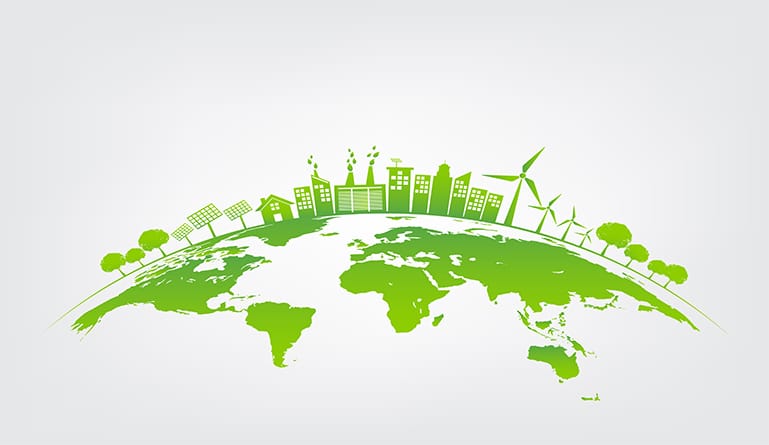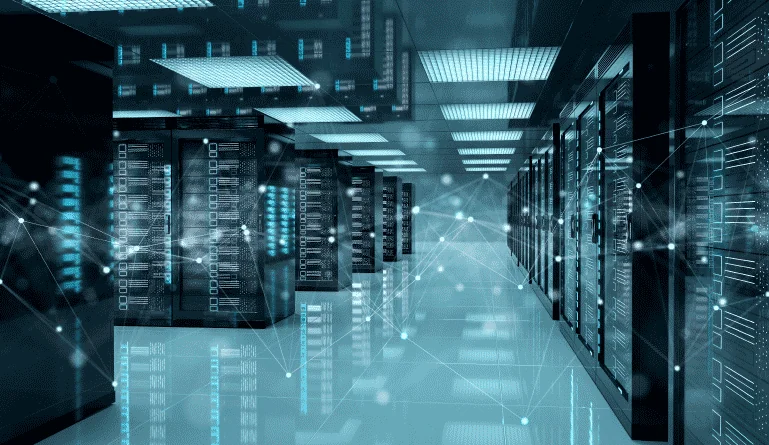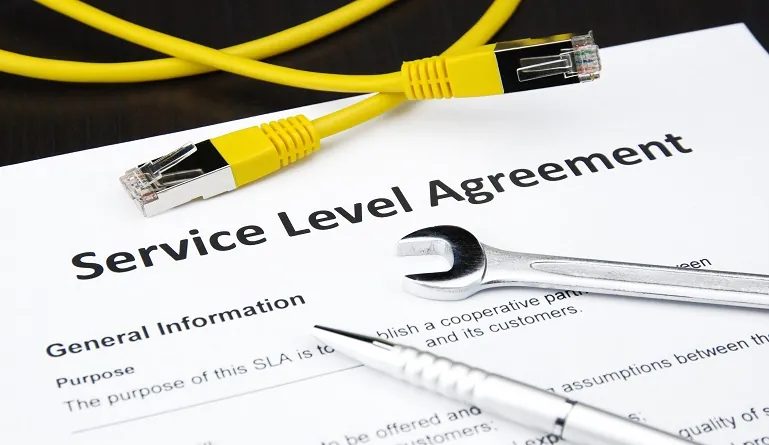Sustainability isn’t just about how the product is created. It’s also very much about how the product is destroyed.
This piece was created in collaboration with Nicolas Cole.
Most people don’t know what they mean when they talk about “sustainability” in business.
Some think it means donating a portion of the company’s profit to an organization that supports wildlife conservation or forward-thinking research. Others think sustainability is about being incrementally better than whatever standard has been set by the competition: “Produces fewer carbzaon emissions.” And while each of these efforts certainly plays a part in the orchestra of our planet’s health, none of them address the root of the issue.
Sustainability isn’t just about how the product is created.
It’s also very much about how the product is destroyed.
Imagine if Earth as a planet was “created” with no underlying model of regeneration.
If leaves that fell from trees didn’t break down and decompose where they land, or animals that died weren’t eaten by other animals, and so on and so forth. Imagine if, since the beginning of time, the vast majority of resources on earth were single-use resources. Once you ate an apple, the core could never be effectively broken down. Once you chopped down a tree, there was no way to get rid of the wood.
It’s hard to imagine a model like this surviving very long—and yet, this is precisely how most companies think about the products they create in the world.
In fact, we encourage it. We ask entrepreneurs, executives, and the capital firms that back them to compete and win and uphold their fiduciary responsibilities as they relate to the rules of the game. We expect them to be successful, to do all that is necessary in order for the company and its shareholders to survive. We look at them to create jobs, to carry the economy forward, and to ensure the whole game continues to “work.”
But when it comes to the actual rules of the game, there is very little in place from the beginning for companies to be clean, respectful, and ethical.
We are measuring “impact” in the wrong way.
Everyone looks at how much it costs to create the product, market the product, and sell the product. But how much does it cost to get rid of the product once it’s out in the world? What is the cost, for all of humanity, to break the product down so there is no trace?
How much pollution does it cause? What is the future impact of this single-use plastic? How many years will it take for this product to be dismantled—and who will be responsible for dismantling it? Who pays for all of this?
If I ask you today who inherits this cost, do you know?
You do.
You, the consumer, pay for it in taxes. It comes directly out of your pocket, which funds factories that have to take care of all these problems. And to truly see the impact of this fundamentally flawed approach to “sustainability,” look at China refusing to accept our used paper and plastic. Now, what do we do? Well, some communities are trying to burn these products themselves. Others have stopped recycling altogether, canceling their programs and waiting for a new solution to magically present itself.
Well, here it is.
Product creation and product destruction cannot be two separate actions.
One side of the fence can’t be rewarded solely for creating, and the other side responsible for cleaning up the trash. It doesn’t work, period.
What we need to do is make the price of the things we create accurately reflect their total lifecycle cost—from birth to their destruction. When this happens, all of a sudden the entire equation changes. Our reality isn’t that some Taiwanese company creates millions of plastic figurines, and then the general public is responsible for shelling out tax money to get rid of them after they’ve been thrown away. Our new reality needs to take these destruction costs into account long before the first plastic figurine is created.
Imagine what products companies could prioritize bringing into the world then?
Once you realize the true cost of business for all of humanity, you realize that “sustainability” isn’t about being “less profitable.”
This is what the conversation is often reduced to—that sustainability is a trend, a messaging tactic, a way of “resonating with today’s consumers.”
In reality, building fundamentally more sustainable businesses (if designed correctly from the beginning) should mean even more opportunity for everyone. Companies will create products based on their true lifecycle cost, which means longer lasting and more economically sound business models; which means consumers, cities, and entire countries won’t inherit the destruction costs, leading to less tax money spent cleaning up other people’s trash; which means more robust economies; which means less money spent fixing the original problem.
Earth, and the laws of nature, are sustainable by design.
And to think that business and economic design should be any different is to defy the laws of nature altogether.
In what world has that ever worked?
***
This piece was originally published on Minutes.com.


 As the Co-Founder and current Chairman of Hyperloop Transportation Technologies (HTT),
As the Co-Founder and current Chairman of Hyperloop Transportation Technologies (HTT), 


